Privacy Corner
Garden Lover
11 years ago
Related Stories

GARDENING AND LANDSCAPINGGrow a Lush Privacy Screen
No need to wait forever for patio privacy the green way. These 10 ideas will get your screening up and running in no time
Full Story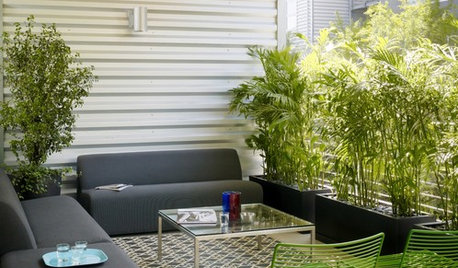
GARDENING AND LANDSCAPINGPrivacy Screening Made Pretty
Craving a secluded escape in your own backyard? Check out these stylish solutions for privacy walls and screens
Full Story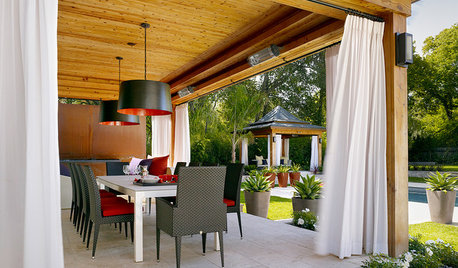
PATIOSGet Backyard Privacy the Subtler, Stylish Way
Why settle for a hulking brick wall when plants, screens and other refined backyard dividers do the job with panache?
Full Story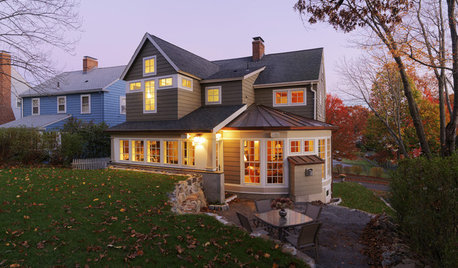
HOUZZ TOURSMy Houzz: New England Add-On Provides Privacy, Views
A Massachusetts couple gets increased lounge space, improved views of the backyard and much-needed privacy with a home addition
Full Story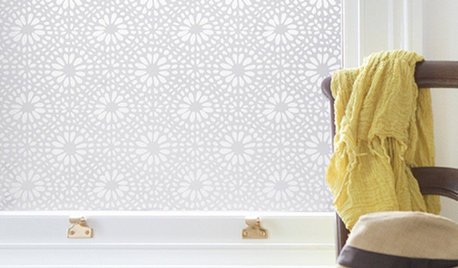
DECORATING GUIDESSolve Privacy Problems With Window Film
Let the light in and keep prying eyes out with an inexpensive and decorative window film you can apply yourself
Full Story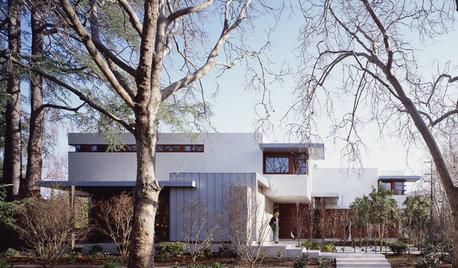
REMODELING GUIDESRibbon Windows: Openness, Privacy and Cool, Modern Design
Long, horizontal windows celebrate Le Corbusier's break with traditional Architecture
Full Story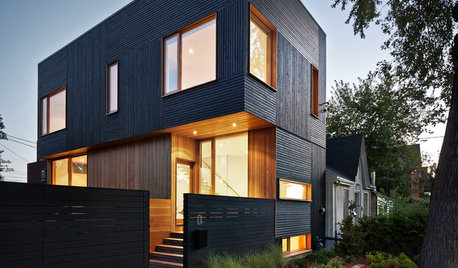
CURB APPEALEntry Recipe: Warmth, Style and Privacy in Toronto
A front porch dominated by wood and glass rises and pivots toward a side courtyard sheltered from street traffic
Full Story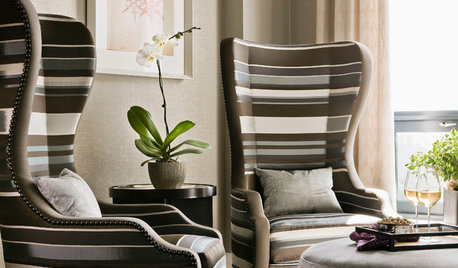
DECORATING GUIDES12 Smart Ideas for Decorating Empty Corners
Fill a neglected corner with something useful, attractive or both, using these dozen thoughtful decorating strategies
Full Story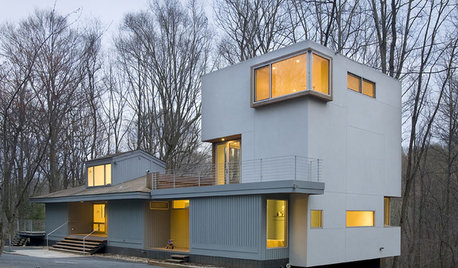
REMODELING GUIDESCorner Windows Bend Imagination
Whether we can see inside or only guess what's behind them, corner windows are a dramatically different take for home exteriors
Full Story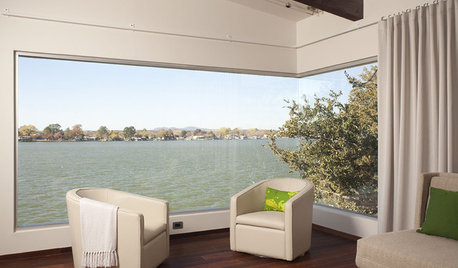
REMODELING GUIDESArchitect's Toolbox: The Open Corner Window
Wrap a corner with glass to blur the distinctions between rooms and views
Full Story

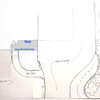
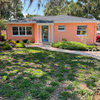
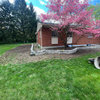
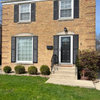
designoline6
reyesuela
Related Professionals
Alexandria Landscape Contractors · Byram Landscape Contractors · Indianapolis Landscape Contractors · Mashpee Landscape Contractors · Rochester Landscape Contractors · Salmon Creek Landscape Contractors · Sammamish Landscape Contractors · Hawaiian Gardens Landscape Contractors · Coatesville Decks, Patios & Outdoor Enclosures · Framingham Decks, Patios & Outdoor Enclosures · Glasgow Decks, Patios & Outdoor Enclosures · Lancaster Decks, Patios & Outdoor Enclosures · Philadelphia Decks, Patios & Outdoor Enclosures · Malden Swimming Pool Builders · San Antonio Swimming Pool BuildersGarden LoverOriginal Author
designoline6
Garden LoverOriginal Author
Yardvaark
Garden LoverOriginal Author
Yardvaark
marymd7
Garden LoverOriginal Author
Yardvaark
reyesuela
Garden LoverOriginal Author
reyesuela
reyesuela
mad_gallica (z5 Eastern NY)
reyesuela